- 1) Do not eat, drink, smoke or chew gum for 30 minutes before collecting samples.
- 2) The swab tips should not come into contact with any surface other that the inside of the cheek at any point before, during or after collection
- 3) Move the swab up and down while also rotating. It's very important to rotate the swab with your fingers.
- 4) Allow the swab to dry before storing. At least one hour.
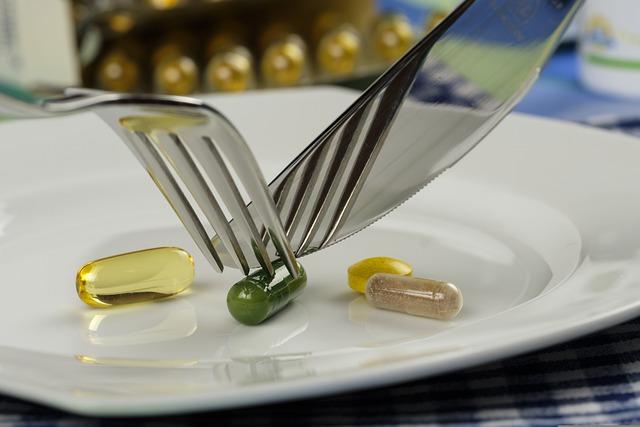
- 2022-09-30 23:19:31
- Frequently asked questions and answers
Can food or drinks, alter the results of DNA tests? Find out here!
In the following section we will deal with such a necessary aspect to know as: if drugs or medications, as well as drinks and food, usually modify the patient's DNA or not, and if a DNA test that a person or a group of participants performs has any chance of failure.
Here we show it to you.
Can food or drinks, alter the results of DNA tests?
No, the use of drugs or alcohol does not affect the results of the DNA tests you take.

A person's DNA when used in paternity tests and with buccal swabs, is not altered or affected in the results of said process.
The only time results may be affected is, for example, if a person received a blood transfusion or has received a bone marrow transplant that would contain donor DNA and a mix of DNA information would lead to affected results and would have to do the DNA collection again and cause delays.
The human body is made up of a unique code called "DNA" which is vital for us to live. That is, facial features, blood type, individual physical growth, large-scale features such as scars and hereditary factors, diseases or not, etc. You can imagine it as the model of our whole life. However, as humans, we are not made to be perfect: we will get sick, and that will make us more dependent on external medicine that can affect the formation of our DNA.
But what is the real impact of these drugs on our DNA codes? Could they really alter our DNA to the point where it is indistinguishable from most?
The first thing to note is that medications have absolutely no impact on our genetic code. The impact of a certain drug will vary depending on a person's DNA structure, therefore it is impossible for one drug to affect how our entire human blueprint changes.
However, medical treatments can alter your DNA.
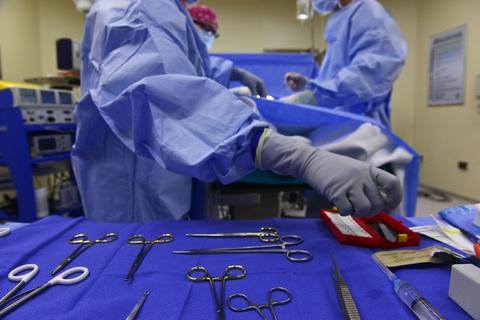
The only way his DNA can be changed is through some kind of surgical intervention.
Medications themselves are not known to cause side effects on a person's DNA structure, but the same cannot be said for medical treatments. There are a number of treatments that can cause your DNA to be altered in a different formation, thereby causing the test result to produce a different final conclusion. Please note that DNA testing after these medical treatments should be recommended to a medical professional to be properly evaluated.
In what cases if there can be modification of our genetic code?
- Bone marrow transplants or stem cell transplants:
Stem cells are vital parts of your body where they help in the cell regeneration process. However, medical treatment may cause the patient to require a bone marrow or stem cell transplant from a suitable donor. Stem cells are taken from the blood, while bone marrow is taken directly from a person's spinal column, or marrow.
These are commonly found to help heal or replace dead cells in cancer patients with new, healthy cells. The transplant cells are injected into the patient in need and cause the donor cells to make additional white blood cells to help fight underlying diseases. Although, the production of the cells in the transplanted substance occurs at the rate of production of the donor's DNA. This means that the white blood cells produced by those cells would contain the donor's DNA instead of your own.
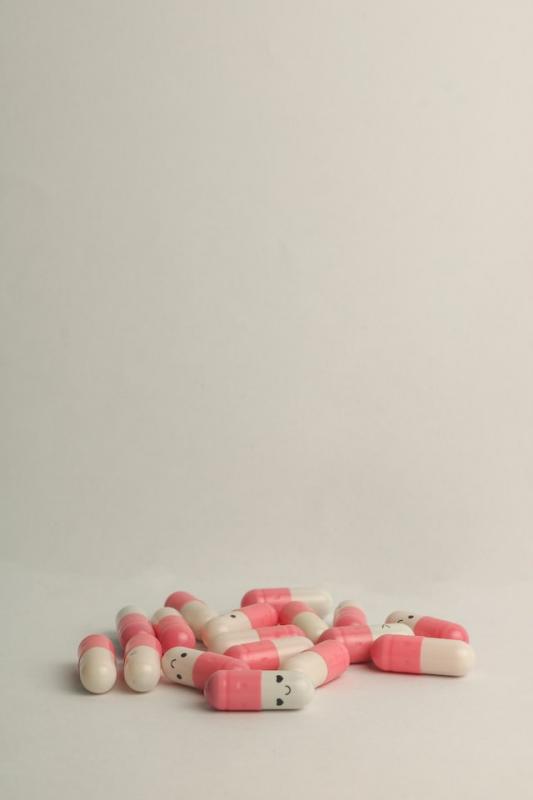
Therefore, your results will not be manipulated.
The process could result in a significant change in the patient's DNA evidence. This begins a fusion of your DNA with that of your donor, and would result in an inconclusive analysis of the tests. Therefore, in this case, buccal swabs or blood samples should be avoided at all costs when performing a DNA test, as they would produce an inaccurate result.
However, you can still provide other samples that are not affected by those treatments, such as a hair root sample.
- Blood transfusions
Blood-related treatments can be a reason for failure of a DNA test. The recipient of the blood transfusion would share the same cells with the donor once the blood has been received. However, donor blood cells have a short shelf life once transfused. Therefore, the chances of failing the DNA test are minimal, as the transfusion must be done very recently to have a significant impact on the test result. We recommend waiting at least 2 weeks to prevent the impact of the transfusion from lingering on the DNA test.
However, a woman undergoing a non-invasive prenatal paternity test should inform the center about the transfusion as soon as possible to avoid accidental mishaps in the results. This process would involve the use of a blood sample from the mother, so it is important to plan when you plan to have the prenatal paternity test done.
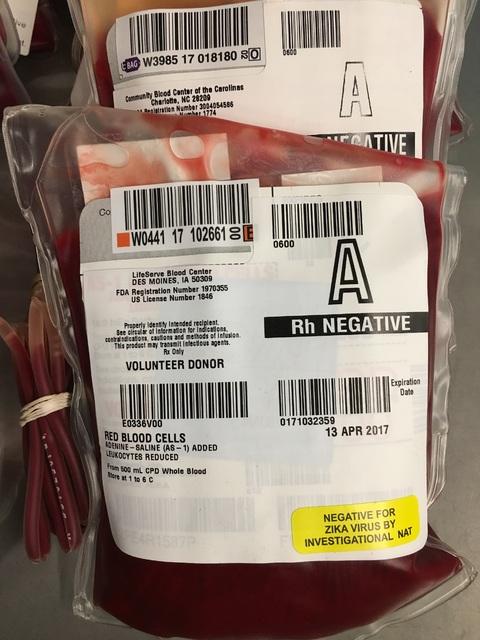
Now that you know this, you can rest assured that food and drink or drugs don't usually change DNA, it's just based on transplants or a recent blood transfusion.
Are DNA tests, of any kind, likely to fail or not?
The answer is yes. They can fail. Here are some aspects:
Sample handling
Although rare, DNA fraud can affect the results of paternity tests. The most common way DNA fraud can be executed is through evidence tampering. If the child's mother or anyone else has access to it, they can manipulate it to produce positive results when the true results would be negative.

we suggest you do not drink or eat anything at least one hour before taking the samples.
Possible errors in the laboratory
It is possible that it could happen if it produces false results. Deliberate fraud is not the only source of erroneous DNA test results. Sometimes errors made by the lab can also lead to inaccurate results, although this is not as common. If you suspect your tests are wrong, this may be why.
The relationship of the participants in a paternity test
For example, a child's father is Tom and the mother claims that Tom's brother Jim is the father, Jim may test positive for paternity even if he never had a relationship with the child's mother. Situations like these are somewhat rare, but should be considered carefully.

if the mother lies about the situation of the father and his children.
DNA mutations
Perhaps the rarest of all possibilities, a DNA mutation is another potential way a paternity test can be wrong. Mutations occur all the time and are not likely to cause problems, but for example, if the sperm contains a mutated strand of DNA, it can cause the child's DNA to test differently than the father's. It should be clarified that the older a man gets, the more mutations his sperm will contain.
Few proven genetic markers
Human beings share about 99 percent of their DNA with other people, including those who are not related to them. Testing for more genetic markers rules out more men who could be the child's father. If the lab stops looking for patterns in the DNA after finding a common pattern, the results may not be valid.
Defective test kits or components
A defect that exists in any component of the DNA test could result in a false positive or false negative result.
Participant errors in not correctly following the instructions for collecting DNA
Collecting DNA is a simple process. In many cases, a buccal swab is rubbed inside the mouth to obtain a saliva sample. The sample is securely stored for analysis.
If you do not carry out the procedure to take the samples correctly, and they arrive contaminated, you need to carry out the procedure again.
In the event that the laboratory makes the mistake of contaminating the sampling, which is very rare, do not worry: we will take care of 100 percent of the shipment and the DNA kit so that you can do it again without problems.
Conclusion
Now that you know all about the possibility of dna modifications or not, such as knowing if a certain DNA test can fail or not, keep in mind that if you carry out the sampling instructions correctly, as well, you have not been part of any medical operation, rest assured that you will obtain the results in a professional manner, with guaranteed confidence and completely conclusive results in the test, without errors and without manipulation of the results.
Contact us through WhatsApp and we will refer you to your nearest laboratory: +1 647 455 0443
Our customer service offers personalized attention to guide you step by step, from the moment you contact support, until the moment you send the samples or perform them in the laboratory. If you want to leave your comments below, offering any related questions, we will answer you as soon as possible.
We also have a discussion group in Foro ADN and you can also follow us on Facebook.
We are at your service, and if you need to place your order, click here.
Related Posts:
- DNA Paternity Test: rights, obligations of the alleged father and of the plaintiffs.
- About DNA Samples and Client Data Privacy
- How to perform a DNA paternity test in California? How much is it?
- How does the paternity test work in our laboratories?
- DNA tests between siblings. Information and guide to perform the brotherhood test.
- AT HOME - MAKE YOUR OWN KIT FOR A DNA TEST - STEP BY STEP FROM SCRATCH
Categories
-
DNA sampling - Kit
-
DNA Test
-
DNA Test - Paternity
-
DNA testing grandparents grandchildren
-
DNA Tests - Judicial Proceedings
-
Frequently asked questions and answers
-
Glossary of specific terms
-
Maternity DNA tests
-
NON - invasive Prenatal DNA
-
Sibling DNA testing
-
Uncles-nephews DNA tests
Popular articles
or +1 647 455 0443
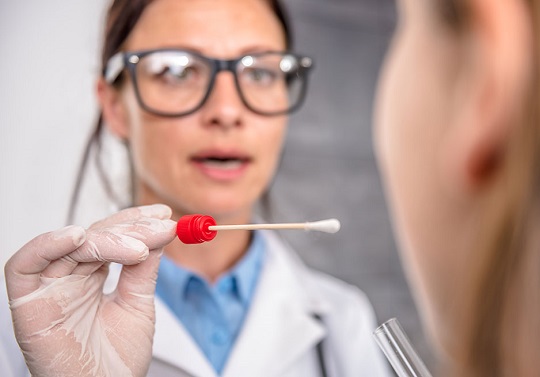
How it works
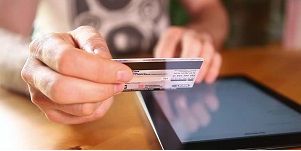
Step 1 - Order your kit.
Click ORDER NOW, place your order and you will receive the sample collection kit in a couple of days.
Please contact us at 1-877-219-4485 or WhatsApp +1 647 455 0443 if you are having any troubles ordering.
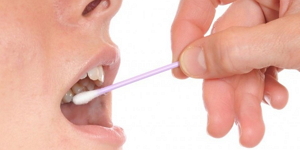
Step 2 - Take the samples.
Collect the swab samples from the test participants.
Please Watch This Video.
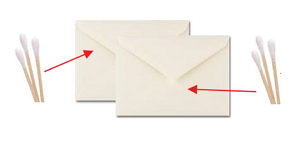
Step 3 - Send the samples to us by mail
Place each pair of swabs in different envelopes (parent / child), then place the two smaller envelopes inside the larger envelope and mail it to the address specified in the instructions.
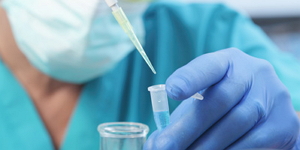
Step 4 - DNA analysis of your saliva samples in our laboratory
Once we receive the samples, we will send you an email to confirm the reception of the samples and proceed to perform the DNA test in our laboratory . You can follow up online at any time using your unique access code to know the progress status of the DNA study.

Step 5 - Receive your results.
Receive your certified results by email, usually about three days, after your samples arrive at the Lab.



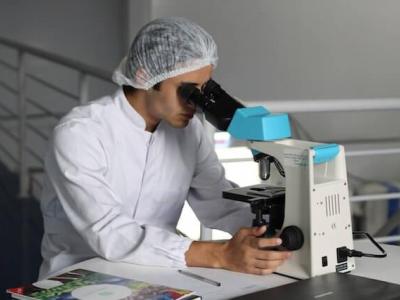




Comments
Jack